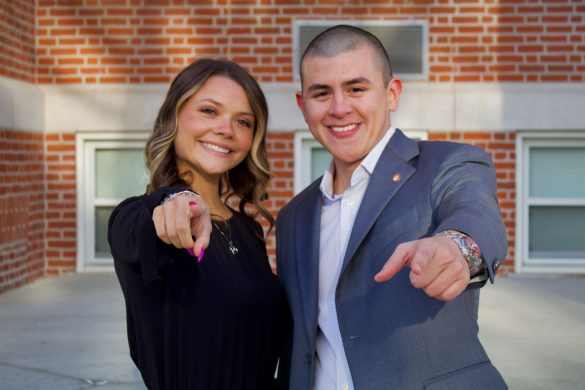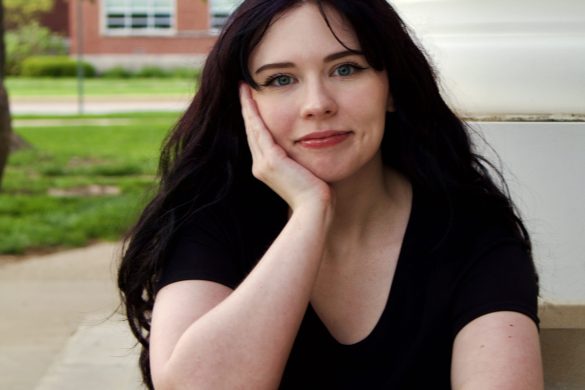With the incredible popularity of anime and J-Pop, there’s no denying that Japanese media is quite successful in the United States of America. So successful in fact, that several American studios are recreating original Japanese films and anime, but in their own western style. The issue with this is almost always, the remake is awful. Time after time these studios keep trying, but every time it fails.
2017’s “Ghost in the Shell” is perhaps the most relevant example. In 1995, when the original anime “Ghost in the Shell” came to theaters, Japanese audiences were graced with one of the greatest animated and sci-fi films of all time, with stunning visuals and profound criticisms of the romanticism of technology. The film currently holds a 96 percent rating on Rotten Tomatoes and was good enough to inspire James Cameron during production of “Avatar,” according to The Guardian. On top of that, it inspired the Wachowski brothers to create “The Matrix,” according to producer Joel Silver on the “Making the Matrix” featurette found on the DVD.
Because the original film is so heavily based around its theme of technology and its dangers, you’d have to completely subtract the message from the film in order to ruin it in a recreation. The 2017 Dreamworks film does just that. The message of the original film is entirely wiped out by the focus being on only our main protagonist and her battle with her own memory. To me it feels like the theme is gone, and instead we have the simple plot of a basic action film. The discussions the characters had throughout the original film on the moral ambiguity of their actions were replaced by more action scenes, once again distracting from the intended message. Additionally, there were blatant issues, such as the unnecessary blending of the original story with the story of the spin-off series and the lead Asian character being played by a white actress.
Japanese films will focus on the more subtle details, and use that as the means of progression, rather than the characters.
It’s very possible that these kinds of situations, where these adaptations don’t end up working, occur because of the cultural differences between the two countries. The Stonebridge Press blog explored this in an article titled “Cultural Reflections in Japanese and American Cinema.” The article highlights similarities and differences in Japanese and American films, including story. They state that, “American films are deeply rooted in the Aristotelian conception of drama: there is a precise beginning, middle, and end, and everything in the story is meant to progress along this three-act structure. Moreover, Western philosophical tradition views the individual as unique, the mediocre as unacceptable, and surface reality as something to transcend.”
Japanese films do not necessarily follow this conception. Essentially, Japanese films will focus on the more subtle details, and use that as the means of progression, rather than the characters. The story of a Japanese film will not be about the individual but more so about the world around them, unlike American films that are heavily character centric.
Most anime tends to purposefully raise philosophical questions. Two fairly successful anime that inspired live-action films are “Death Note” and “Fullmetal Alchemist: Brotherhood.”
“Death Note” is one of the highest rated anime of all time, boasting a nine out of 10 on IMDB. The plot is centered around a high schooler who receives a notebook and if he writes someone’s name in it, that person dies. Because of this, there is constant discussion throughout the show about if people should be allowed to decide if others live or die. The show also explores what would happen if someone was given that choice.
“Fullmetal Alchemist: Brotherhood” hosts the same accolades as “Death Note,” and even has the same nine out of 10 IMDB rating. The story follows two brothers trying to restore their damaged bodies, and with that questions are raised on what exactly is it that makes humans so special compared to everything else.
Netflix produced cinematic adaptations for both anime. The time was limited and so the greater ideas were unable to be explored. Thus, the meaning of the work was pushed aside for the story, making for depthless content.
In the end, these American cinematic reimaginings of original Japanese anime are sabotaged from the beginning. Culturally, America doesn’t view story in the same way and is much more centered on the individual, hence the issues with the 2017 “Ghost in the Shell,” where the focus on solely the protagonist distracted from the rest of what the film was supposed to be. On top of that, the messages within the stories are sacrificed for what more it is that makes a recognizable film, making for an overall worse film.
The relevance of all of this is that the American films are garnering more attention, and therefore money, than the original Japanese films or anime. 2017’s “Ghost in the Shell” grossed nearly $170 million, while the original, during its domestic release, only made about $516,000 and it’s internationally released sequel “Ghost in the Shell 2: Innocence,” only made about $10 million, according to statistics from Box Office Mojo. I highly encourage audiences to look to the original works before seeing the American-made version so as to hear the intended message and support the right content.








